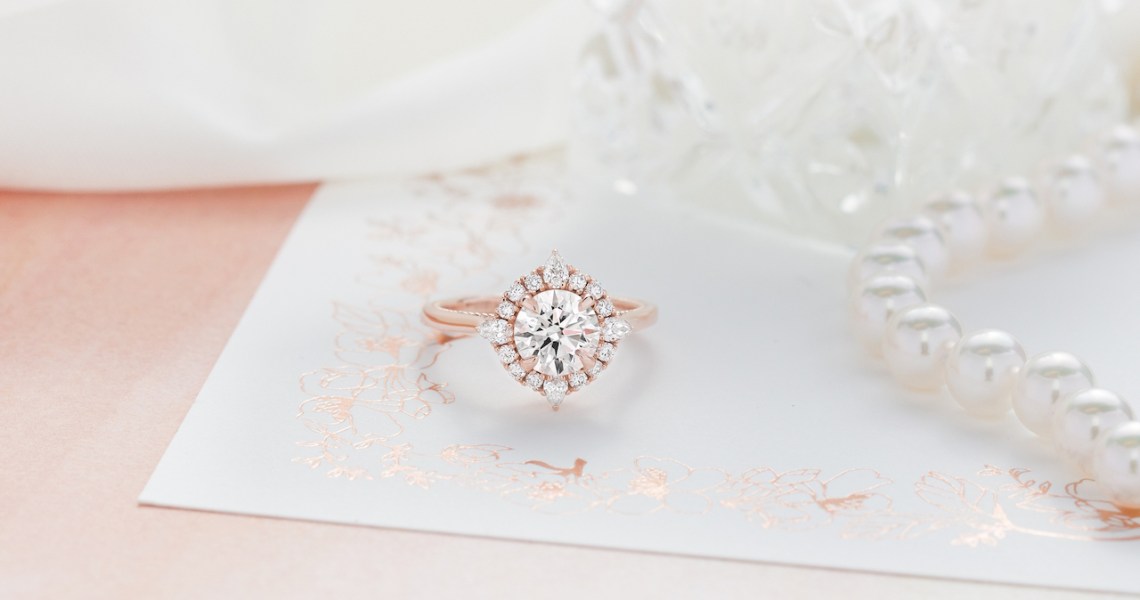As concerns around transparency and fraud rise around luxury goods, from designer handbags to diamonds, blockchain technology is attracting more interest among consumers.
Beginning in May, bridal and fine jewelry brand Brilliant Earth launched a tool on its ecommerce website to make it easy for shoppers to learn where the diamonds came from and where they’ve been, every step of the way. The brand partnered with digital diamond registry company Everledger and Indian diamond manufacturing company Dharmanandan Diamonds, or DDPL, which tracks the diamonds journey from the ground to the store.
“Consumers, particularly millennials, are increasingly interested in understanding how and where their products are sourced,” said Beth Gerstein, co-founder and CEO of Brilliant Earth. “Consumers have historically had limited information on the sourcing and manufacturing of the diamonds they purchase. Given a diamond is a significant and emotionally involved purchase, many customers want to learn the history of their diamond. By introducing a blockchain solution to the industry, we’re able to offer a next-generation standard for diamond origin transparency.”
Currently, the brand has nearly 1,000 diamonds and colored gems uploaded to this online system. Consumers can go on the company’s website and browse specifically for blockchain-enabled diamonds. Brilliant Earth posts the origin of the diamond (whether natural, lab-grown or recycled), as well as its region of origin. There’s also a photo of and information on the state of the rough diamond when it came out of the ground, including the lot number where it was mined. In addition, consumers are given information about the factory where the diamond was sent to be cut and polished. Finally, there is a video of the polished diamond and information on the carat, or weight, of the stone.
Since the technology is just starting to roll out on the brand’s website, Brilliant Earth declined to share any information around customer feedback or engagement at this time. To bring some awareness to the program, the brand promoted the news to its millennial consumer base via Instagram and Twitter.
While this technology is not new to the diamond industry — blockchain has been used as a tool to increase transparency in the diamond trade and stamp out the sale of “blood diamonds,” or diamonds mined in war zones and sold to profit oppressive regimes — Gerstein said most efforts are focused around diamonds ranging from five carats to 20. For example, De Beers recently reported it had tracked 100 “high-value diamonds,” in partnership with blockchain platform Tracr, according to a report from Reuters.
“I’ve seen this done for a handful of diamonds, and typically it’s much larger carat diamonds. Those are not really accessible for the vast majority of people, though. Our goal really is to increase accessibility and improve overall transparency and traceability. We’re really the first ones to offer it at scale,” said Gerstein. By providing this service at scale to consumers, Gerstein said she hopes shoppers will feel more secure in making a major life purchase, like an engagement ring, with the brand.
Ad position: web_incontent_pos1
For luxury consumer goods, blockchain technology can provide shoppers with the assurance that the goods they’re spending so much money on are, in fact, authentic. Blockchain is already making its way into the world of luxury. In May, LVMH announced plans to launch its first global blockchain to help authenticate luxury items and combat counterfeit goods.
“Blockchain is breaking all the existing stereotypes of the diamond industry by streamlining the processes of the diamond journey from mine to the consumers, effectively providing transparency and spurring positive change in the industry,” said Piyush Patel, director of Dharmanandan Diamonds. “[This effort] not only benefits the industry at large, but it also adds value to the lives of the artisans and their families who have dedicated generations to the trade.”




